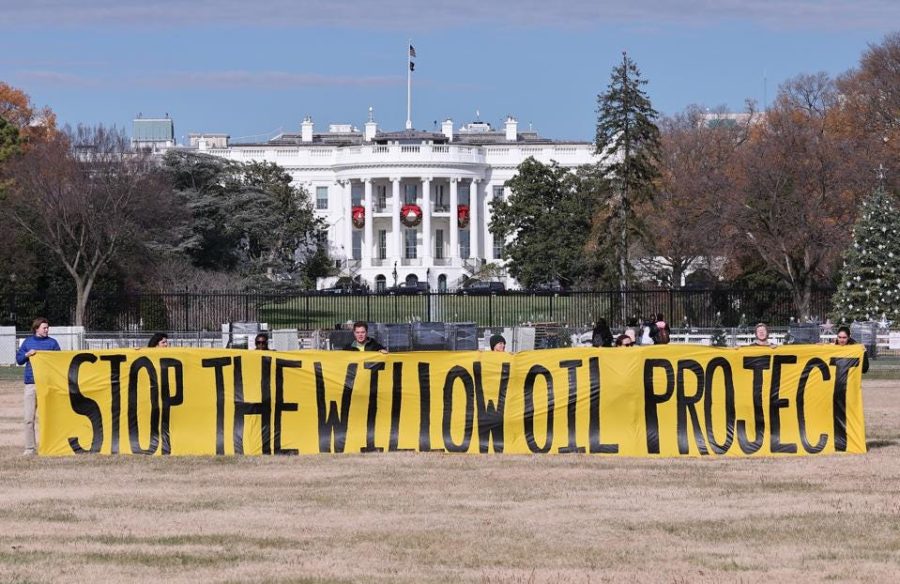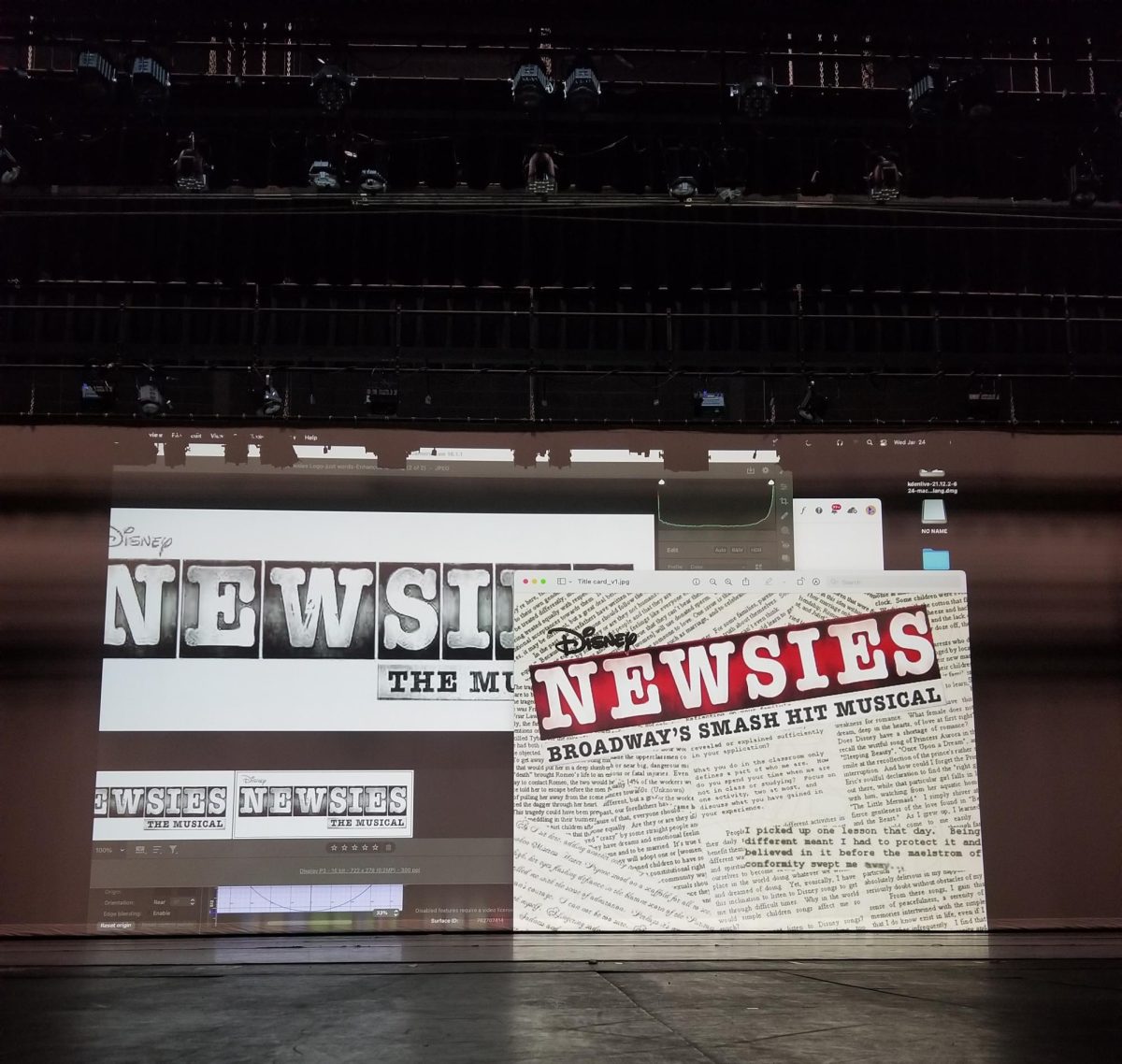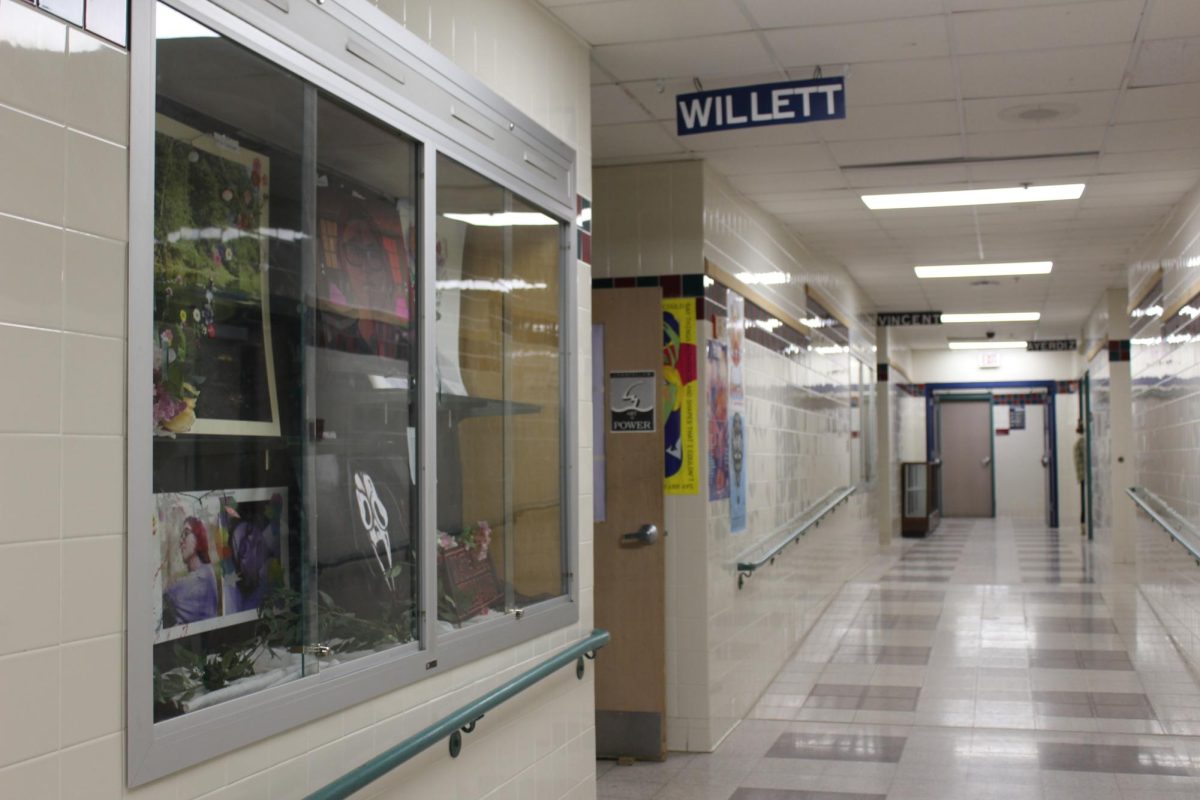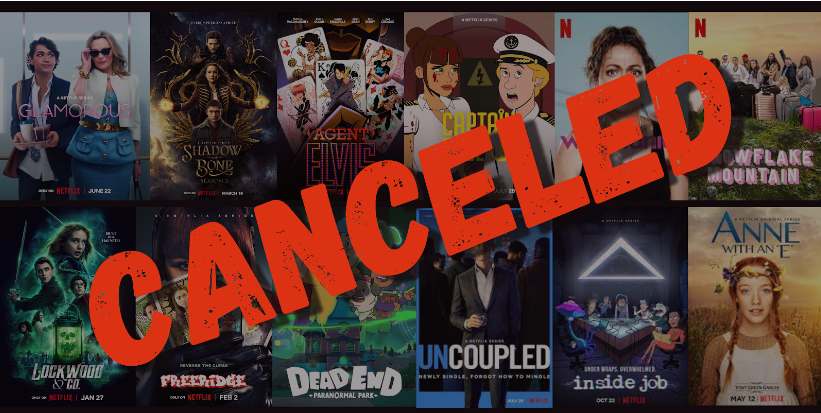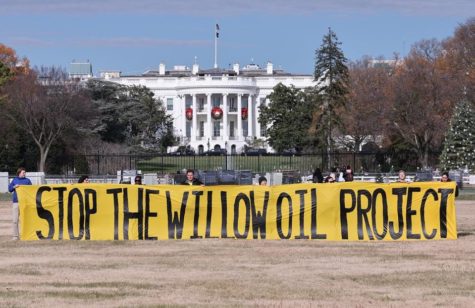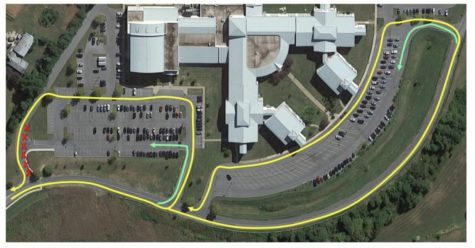Major Calendar Changes Ahead
Governor Hogan Establishes Post Labor Day Start
October 11, 2016
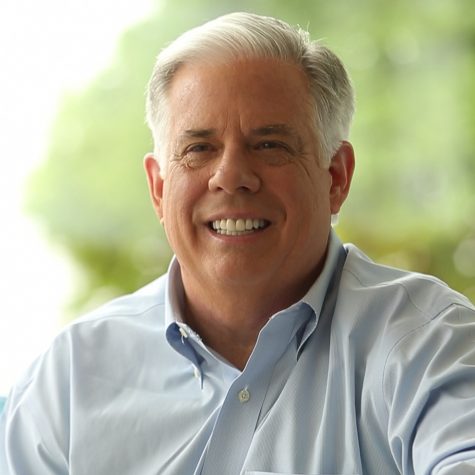
Governor Hogan signed the order in August.
On August 31st, after years of political disputes on the subject, Maryland Governor Larry Hogan signed an executive order stating that public schools will now have to start after Labor Day and end no later than June 15th. Citing the economic, social, and public safety advantages to a post-Labor Day start, Governor Hogan calls the decision “Long overdue…” and “…simply the right thing to do.”.
At face value, many students may view this as nothing less than a miracle, however when it comes to actually implementing the plan, many students may not be so pleased. In the current FCPS calendar, there are approximately twenty nine weekdays throughout the year where schools are closed, even more for middle and elementary schools, who have parent conferences in November.
Of course, some of these days are federal holidays (Presidents Day, MLK Day, etc.) and schools can not be open no matter what. However, there are many teacher work days and early dismissals that are not required by the state that will almost certainly be taken away. In addition, people have become accustomed to a long winter and spring break, both of which last over a week and may have to be shortened significantly in order to meet the required number of school days.
Moving past holidays, the Frederick area seems to have a penchant for attracting enormous blizzards. Most people will agree that getting over 1500 people to school in the morning with three feet of snow on the ground presents a huge problem. Snow days are simply a necessity, inconvenient as they may be, and there is nothing that can be done to avoid using them. It would be imprudent not to build any into the calendar and just hope for the best. Last year, school was closed for an entire week for one storm. If something similar happens in coming years and the calendar is not prepared then problems will arise.
For some, the changes within the school year are a fair price to pay for a longer summer. In the end it’s possible the changes will not be particularly drastic. It is also possible that the order may be amended or repealed in some way; many Maryland lawmakers view Governor Hogan’s order an abuse of authority. When one considers that executive orders are typically used in emergencies, the use of one to modify the school calendar seems out of character.
On the current calendar, 180 school days from September 6th puts the last day of school on June 22nd, with six snow days pushing the last day back to June 30th. In order to get out by June 15th, twelve days would need to be taken from the school year. Possible days that would be taken likely include fair day, professional development/teacher work days, chunks of spring break and many more. It is also possible that a portion of winter break will be taken, although that seems less likely due to the location of required days within the break.
The relatively recent announcement has communities across Maryland in an uproar, either praising or dreading the decision . Until the furor dies down and people actually start working and making the new calendar instead of arguing about it, the specifics of the new calendar will remain a mystery.



